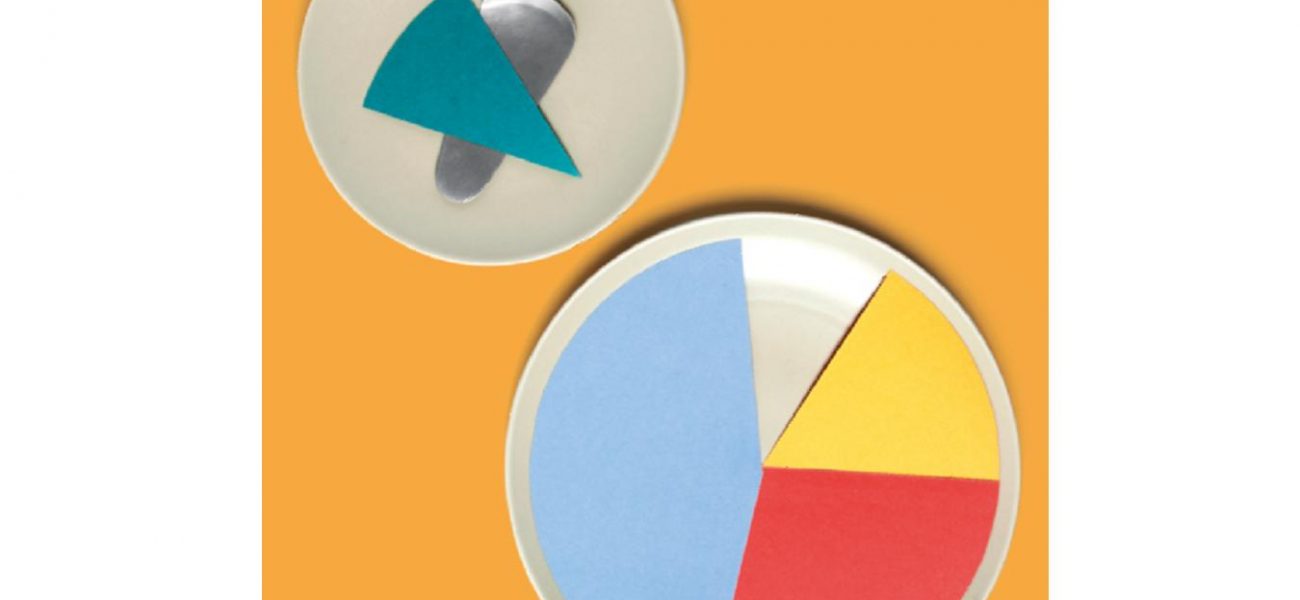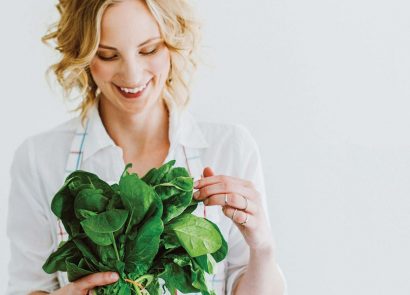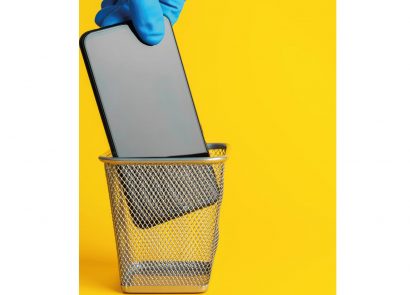From delicious healthy recipes to the best nutritional advice, we guide you through what should – and shouldn’t – be on your plate this month
We’re all guilty of continuing to chow down on a plateful of food long after we’ve filled our tummy. In fact, the average adult eats 92 percent of the food that’s on their plate, regardless of the portion size. Experts estimate that the average adult now eats as much as 200-400 more calories than they need every day, which, over time, could cause a significant weight gain. Want to buck the trend? Follow these smart portion control strategies.
Eat little and often
If you’re the type of person who feels famished by lunch, make sure you have some healthy snacks on hand to eat throughout the day. Apple slices and peanut butter, oatcakes, popcorn, baby carrots and hummus – these nibbles could satisfy your hunger until your next mealtime. “It’s important to keep your blood sugars stable because, if you arrive at the table overly hungry, you’ll be more likely to overeat,” warns Aleksandra Vicentijevic, nutritionist at London-based food delivery service Pure Package (purepackage.com).
Master speedy measurements
Too time-pressed to bother with food scales? We hear you! It’s not always practical to measure everything you’re about to eat. Luckily, Will Hawkins, nutritionist for online GP service Push Doctor (pushdoctor.co.uk), has the solution. “Use your hands as makeshift measuring devices,” he says. “Generally speaking, you should have a hand-sized portion of protein (meat, poultry, fish), a handful of carbohydrates (pasta, rice, potato) and a portion of fat no larger than your palm.” Go mad on green vegetables though. You want to aim to have a full handful of these to fill up on as many of the healthy nutrients as possible.
Ditch oversized plates
“The average size of a dinner plate in the 1980s was 23 centimetres in diameter, but today, the average dish measures 30 centimetres. And many of us use bowls that provide four servings of cereal in just one go!” says Aleksandra. It’s no surprise that we’re overeating – but you can take back control of your food portions by using a smaller plate at mealtimes. Don’t have a petite plate? Consider buying a portion control plate or kit, such as MealKitt (£24.99, amazon.co.uk), which is a gadget that uses coloured cups to help you measure the right portion sizes for different food groups (it’s based on NHS guidelines). And don’t be tempted to go back for seconds – make enough food for exactly two meals, so that you can box up what’s left for tomorrow’s lunch. Win-win.
Rule the restaurants
Appetisers, starters, mains and desserts are easy to overindulge in when we’re dining out. So what can you do to downsize on restaurant portions? “Remember not to fill up on bread beforehand,” advises Shona Wilkinson, lead nutritionist at Nature’s Best (naturesbest.co.uk). “And, if you’re trying to lose weight, consider ordering two starters instead of a starter and a main.” It’s also wise to avoid all-you-can-eat buffets, refillable drink stations and super-sized meals, which will encourage you to eat more than you need. “If you are having a dessert, try sharing it with a friend, as this is the meal where most of the empty calories will be,” adds Aleksandra.
Taste the rainbow
Be mindful of what you put on your plate. If you don’t cook enough from the different food groups (protein, carbohydrates, fats, fruit and vegetables), you’ll be far more likely to eat too much of one type. “If you’re looking at your dinner plate, one half should be filled with a variety of colourful vegetables, one-quarter of the plate should include some sort of lean animal or plant-based protein, and the other quarter should consist of a healthy complex carbohydrate – think grains and pasta,” explains Aleksandra.
Feed your family
It’s a common question – should you be feeding the same size portions to your teenage daughter and growing toddler as you give to yourself? “Adults and teenagers should actually be looking at similar portion sizes,” reveals Will. “Teenagers are often going through, or have just completed, puberty, so their metabolic needs are largely the same as an adult. If you’re after an appropriate portion size for a younger child, simply look at what’s on your own plate and halve it.” Easy.
What should you be eating ?
Puzzled by portion sizes? While the number of calories, fats and carbohydrates required will vary from individual to individual (with the average woman needing roughly 2,000 kcal in total per day), you can use this guide to measure the right adult portion for different fodder.
Protein (meat, fish, chicken): the size of your hand
Bread: two thin slices
Legumes (beans peas, lentils): six dessert spoons
Cheese: the size of two thumbs
Complex carbs (pasta, rice, potatoes): one handful
Fruit and veg: two cupped hands
Nuts and seeds: the size of your palm (40g)
Oils (olive oil, butter, coconut oil): one teaspoon




















